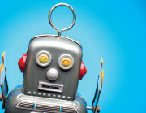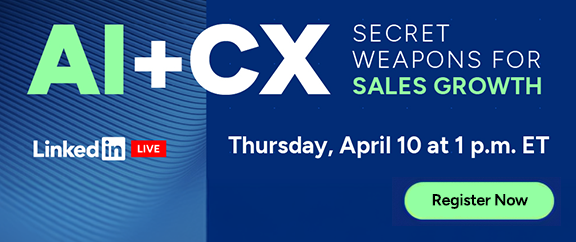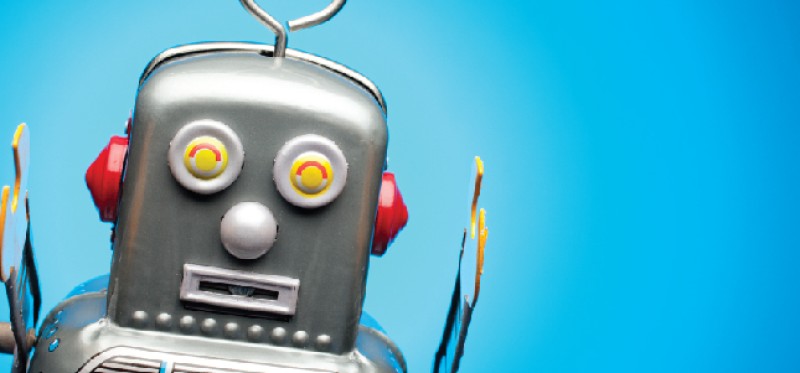Imagine a future where consumers no longer compare and select products, because companies already know exactly what each person wants and automatically deliver the right product. This may sound like science fiction, but at the DMAsandThen annual conference, marketing experts outlined efforts to turn ideas like this into reality.
 Marketers have long strived to deliver the right product and service to the right person at the right time. But now, a confluence of advances in automation, machine learning, artificial intelligence, and the Internet of Things promises to take customization to a new hyper-individualized level.
Marketers have long strived to deliver the right product and service to the right person at the right time. But now, a confluence of advances in automation, machine learning, artificial intelligence, and the Internet of Things promises to take customization to a new hyper-individualized level.
The purpose of customization is to “bypass choice,” said John Deighton, a marketing professor at Harvard Business School. “People don’t want to have to make choices. But brands don’t know for certain what people want and so they provide options for people to choose from, but that’s a clumsy experience.”
Indeed, if companies offer too many options, that leads to a paralysis of choice and a waste of resources. But what if we could program devices to analyze data about our behavior, lifestyle, and preferences to serve up the perfect product or information that meets our needs?
Enter the Internet of Things.
In a presentation about innovation in connected ecosystems, Corbin Brown, associate director of strategy at Giant Spoon, a creative agency, explained what a daily routine could look like in the near future.
In this scenario, consumers may wear a watch that uses biometric data and other sources of information to tell us what we need to eat to have a successful workout before going to work, Brown said. Additionally, a virtual assistant that uses information from a smart grid can inform us when we would need to leave the house in order to be on time for an 8:45 a.m. meeting.
And during the commute in our self-driving Tesla, the assistant knows you skipped breakfast since it’s also connected to your toaster and fridge. “My assistant knows that I usually eat a breakfast sandwich and so it will connect with nearby stores that are bidding to serve me that sandwich, select the one that best fits my preferences, and have the car pull up to that store’s window,” Brown said. “I don’t have to see the bidding process, I just know that I’m getting the sandwich I want.”
Instead of bidding to serve customers ads, the future will be marked by brands “bidding to serve you—not advertise to you,” added Brown’s co-presenter, Alexa Christon, who heads media innovation at General Electric. “Your choices will be automated because you programmed them; your life will be programmed for you.”
Cisco estimates that 50 billion devices will be connected to one another by 2020. With so many devices generating data, the challenge is gaining access to those data streams and leveraging them. “There’s going to be a race to own the network,” Christon noted.
GE is participating in that race. Earlier this year, the company launched Predix, a cloud-based platform-as-a-service that’s designed to connect data and analytics from industrial machines. However, Christon acknowledged the fact that there are many obstacles to creating a seamless, connected experience.
Those challenges include “platform chaos—there’s a Wild West of independent app ecosystems that don’t play well with others, [as well as] a lack of trust in sharing data…and government policies still need to catch up,” Christon said. Furthermore, data ownership remains a murky issue. If something goes wrong, who is ultimately responsible in a connected economy? Therefore, Christon added, while a lot of progress is being made in delivering better customized services, “there are still many questions that have to be grappled with first.”
Key Takeaways
- Automated, hyper-customized services are becoming the new luxury markers.
- Future customer experiences could be divided by automated versus manual services. Press “1” to receive an automated experience or “2” to make your own selection.
- Numerous issues surrounding data ownership, trust, transparency, and standardization still need to be resolved in a connected economy.


















